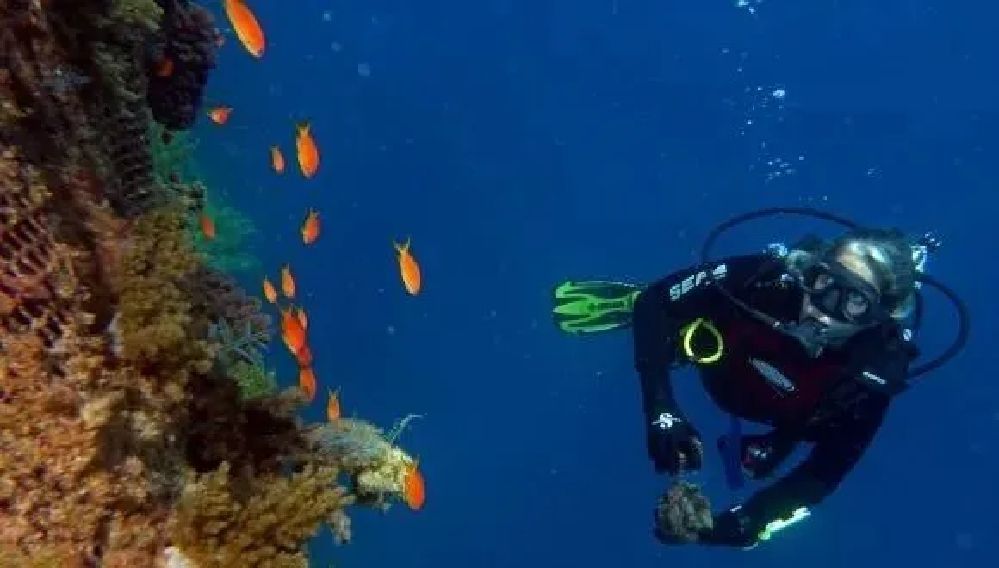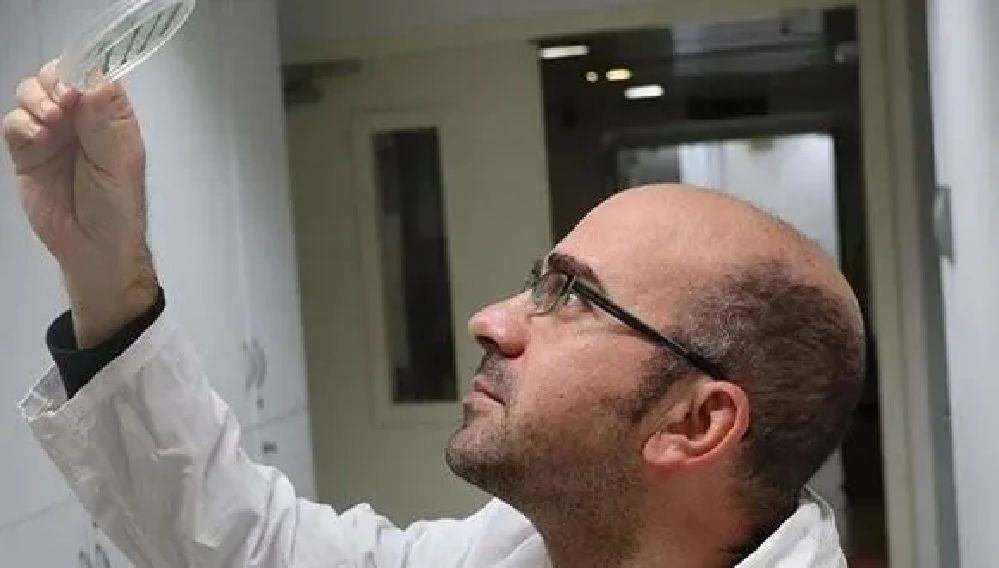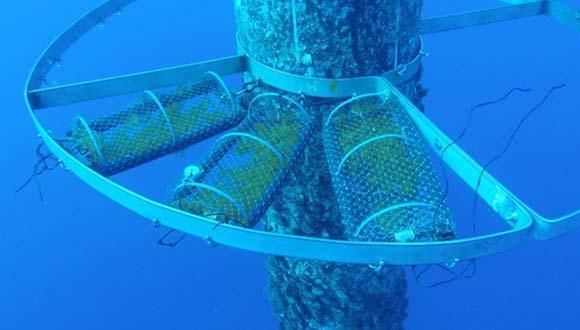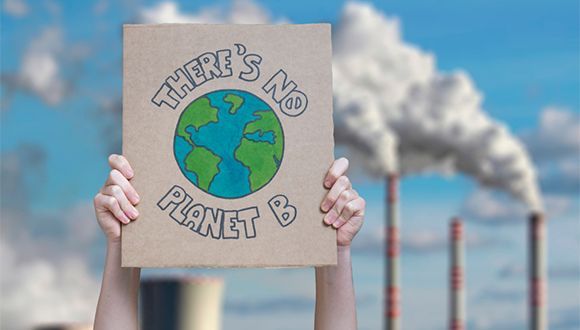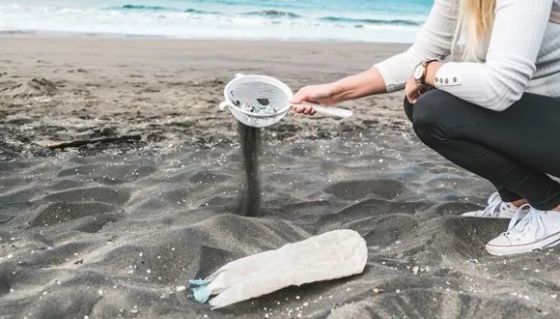
Microplastics Increase Toxicity of Organic Pollutants by a Factor of 10
May cause severe damage to our health.
Microplastics are tiny fragments of plastic that are found almost everywhere: in wells, soil, food products, water bottles, and even in glaciers at the North Pole. A new study by Tel Aviv University researchers found that in a marine environment, microplastics encounter environmental pollutants that attach to their surface and increase their toxicity by a factor of 10, which may cause severe harm to the environment and human health.
The study was conducted by Dr. Ines Zucker of the School of Mechanical Engineering and the Porter School of the Environment and Earth Sciences at Tel Aviv University, together with Ph. D. student Andrey Eitan Rubin. The study was recently published in the prestigious journal Chemosphere.
‘Magnets’ for Environmental Pollutants
In the study, the researchers examined the entire process that the microplastic undergoes, from the interactions it has with environmental pollutants to the release of the pollutants and the creation of increased toxicity.
The researchers found that adsorption of those organic pollutants to the microplastics increases toxicity by a factor of 10 and may also cause severe impact on humans who are exposed to contaminated food and drink.
“In this study we showed that even very low concentrations of environmental pollutants, which are non-toxic to humans, once adsorb to the microplastic result in significant increase in toxicity,” says Dr. Zucker. “This is because microplastics are a kind of ‘magnet’ for environmental pollutants, concentrating them on its surfaces, ‘ferrying’ them through our digestive tract, and releasing them in a concentrated form in certain areas – thus causing increased toxicity.”
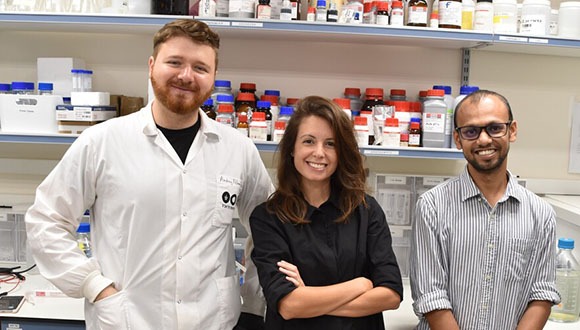
From left to right: Ph. D. student Andrey Eitan Rubin, Dr. Ines Zucker and Dr. Amit Kumar Sarkar
Not Just a Remote Problem
Ph. D. student Andrey Eitan Rubin adds: “For the first time we are presenting a complete ‘life cycle’ of microplastics: from the moment of their release into the environment, through the adsorption of environmental pollutants and up to their joint toxicity in humans.”
“The amount of waste dumped into the ocean every year is enormous – the best known example is the plastic island in the Pacific Ocean, which has an area 80 times larger than the State of Israel.”
This is not just a remote problem. The researchers’ preliminary monitoring data show that Israel’s shores are among the most polluted with microplastic waste. “Each of the microplastic particles secreted in these areas has tremendous potential for harm, as they serve as an effective and stable platform for any pollutant that they may encounter on their way to the human body,” warns Rubin.
“This is another painful reminder of the dire consequences of polluting the marine and terrestrial environment with hazardous industrial waste, which has unfortunately been saturated with plastic in recent decades. The dangers are not theoretical but are more tangible than ever. Although there is a great deal of awareness of this problem, the preventive measures in the field are still far from imprinting a significant mark,” concludes Dr. Zucker.

